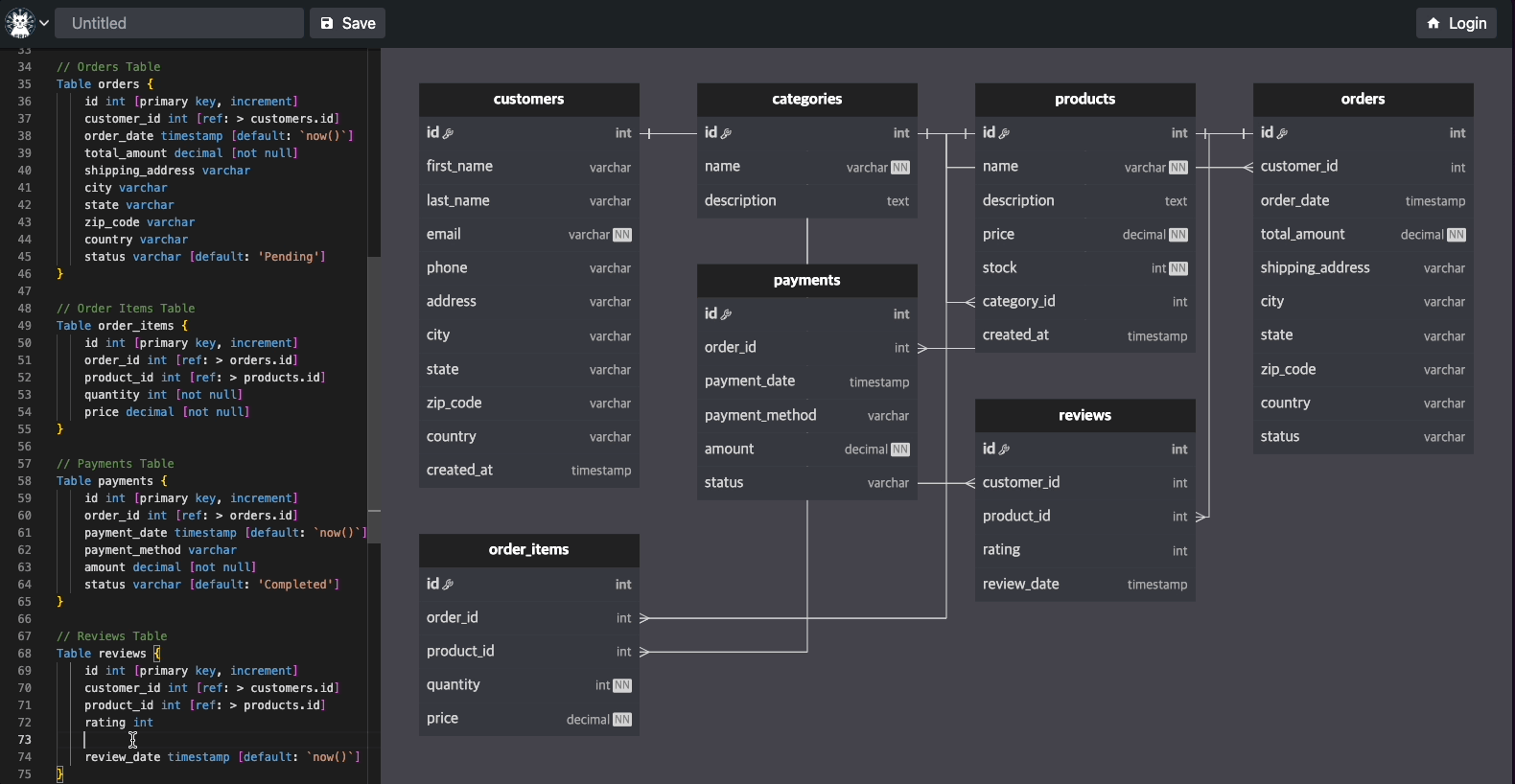Introduction to Flitter
Flitter is a powerful JavaScript rendering engine and framework inspired by Flutter, designed to create high-performance graphics and user interfaces in web applications. It supports both SVG and Canvas, making it ideal for implementing complex data visualizations, interactive charts, diagrams, and graphic editors.
Key Features
-
Advanced Rendering Engine: At its core, Flitter provides a sophisticated rendering engine that gives developers precise control over how elements are drawn and updated on the screen.
-
Render Object Tree: Flitter uses a render object tree for efficient rendering, allowing easy management and manipulation of complex layouts. This approach enables optimized updates and redraws.
-
Declarative Programming: Following a declarative paradigm, the screen automatically updates when values change, simplifying application state management and reducing the complexity of manual DOM manipulation.
-
Optimized Rendering Pipeline: Re-rendering, painting, and layout recalculations are managed by the renderer pipeline, with optimizations applied to update only necessary parts. This ensures high performance even with complex, data-heavy visualizations.
-
Box Model Layout: Users can easily compose layouts using the familiar Box model, providing an intuitive way to structure complex UIs within the rendering engine.
-
Dual Renderer Support: As a flexible rendering engine, Flitter supports both SVG and Canvas, meeting various graphic requirements. Developers can choose the appropriate renderer as needed, switching seamlessly between vector and bitmap graphics.
-
Component-Based Architecture: Flitter’s architecture promotes reusability and maintainability through a component-based approach.
Showcase
Here are some examples of what you can create with Flitter:
Interactive ERD (Entity-Relationship Diagram)

This interactive ERD demonstrates Flitter’s capability to create complex, interactive diagrams. Users can manipulate entities, add relationships, and visualize database structures in real-time. This showcase highlights Flitter’s strengths in:
- Creating responsive, draggable elements
- Handling complex user interactions
- Rendering intricate diagrams with ease
- Providing real-time updates based on user input
Why Choose Flitter?
-
Powerful Rendering Engine: Flitter’s core strength lies in its advanced rendering capabilities, allowing for smooth handling of complex graphics and animations.
-
Familiar Syntax: Uses syntax similar to Flutter, allowing mobile developers to easily adapt to the web environment while leveraging a powerful web-based rendering engine.
-
High Performance: The optimized rendering pipeline ensures smooth performance even with complex, data-intensive visualizations.
-
Flexibility: Abstracts SVG and Canvas manipulation, allowing developers to focus on business logic while the rendering engine handles the low-level drawing operations.
-
Renderer Selection: Choose between SVG and Canvas renderers as needed, meeting various graphic requirements and allowing for the best performance in different scenarios.
-
Code Reusability: Increases code reusability through a component-based approach, enabled by the underlying rendering engine’s architecture.
-
Cross-Platform Potential: While primarily for web, Flitter’s Flutter-inspired design opens possibilities for easier cross-platform development in the future.
Quick Start Example
Here’s a simple example to get you started with Flitter:
import { Container, Text, TextStyle, AppRunner } from '@meursyphus/flitter';
const app = new AppRunner({
view: document.getElementById('app'),
});
app.runApp(
Container({
color: 'lightblue',
child: Text('Hello, Flitter!', {
style: new TextStyle({ fontSize: 24, fontWeight: 'bold' })
})
})
);
This example creates a simple app with a light blue background and centered text.
Contributing
Flitter is an open-source project. We welcome all forms of contributions including bug reports, feature suggestions, and pull requests. For more details, please visit our Discord community.
License
Flitter is provided under the MIT license.
Learn More
For detailed documentation, advanced examples, and API references, visit our official documentation.
